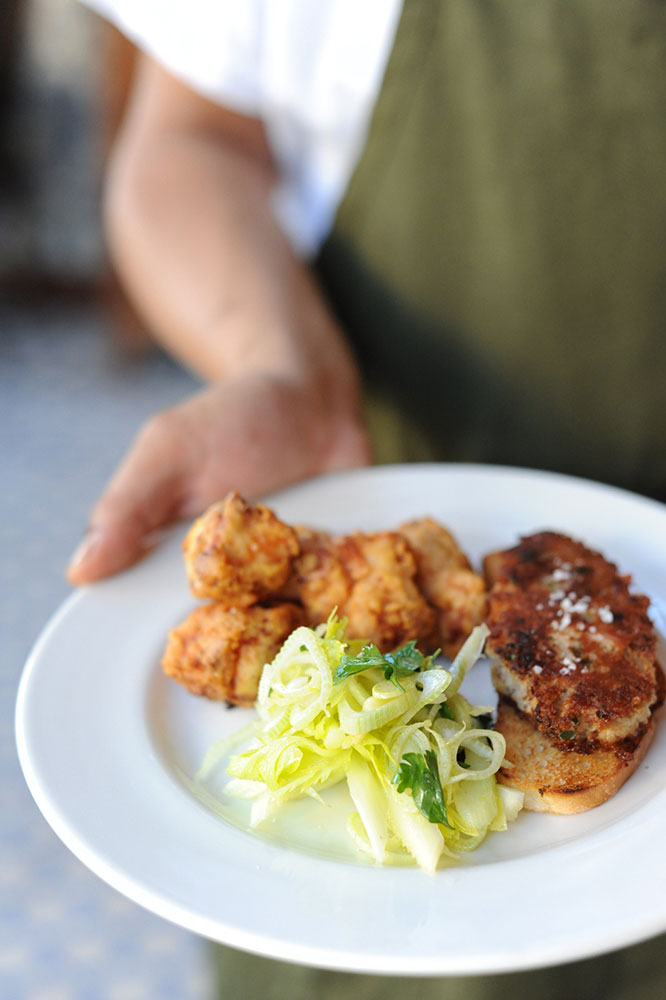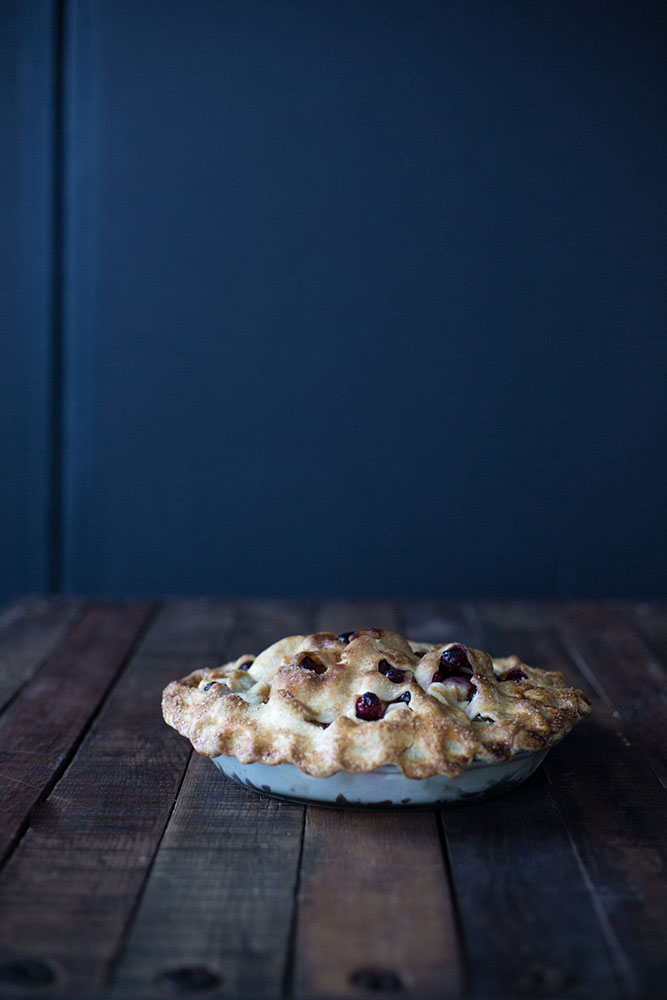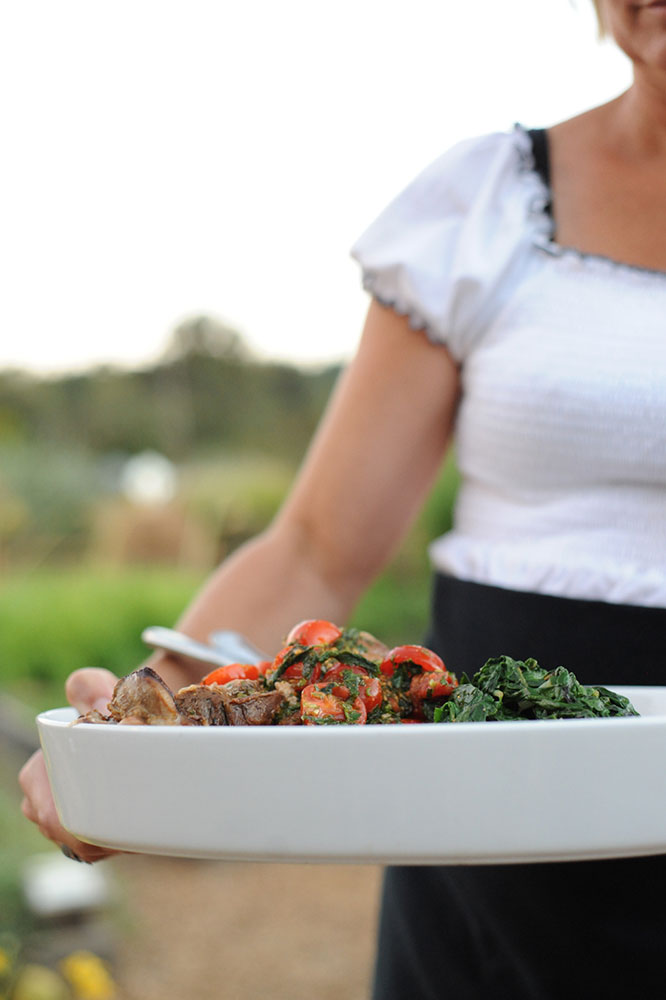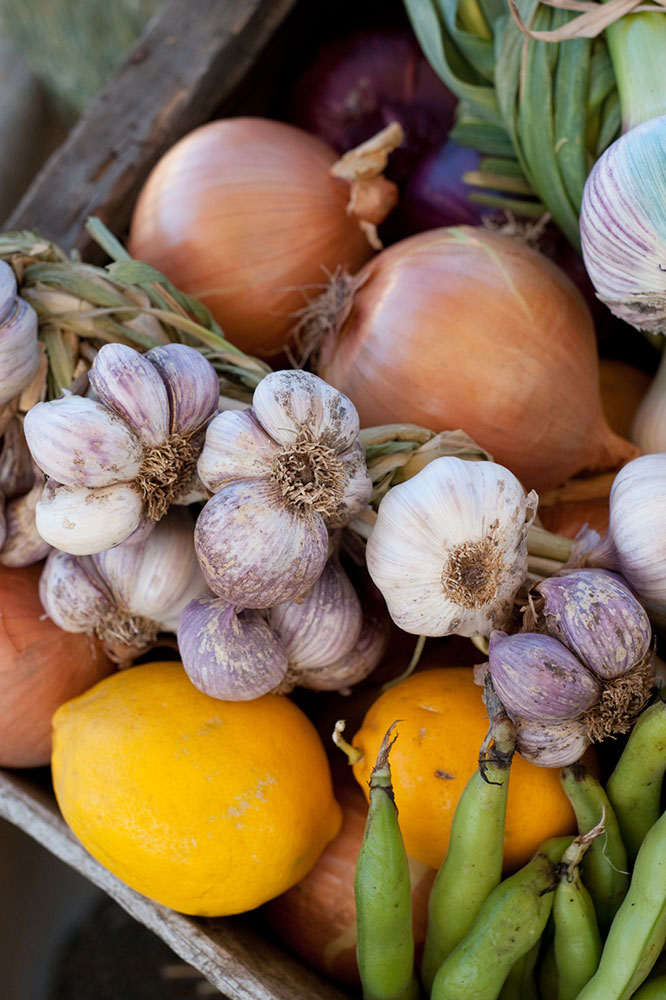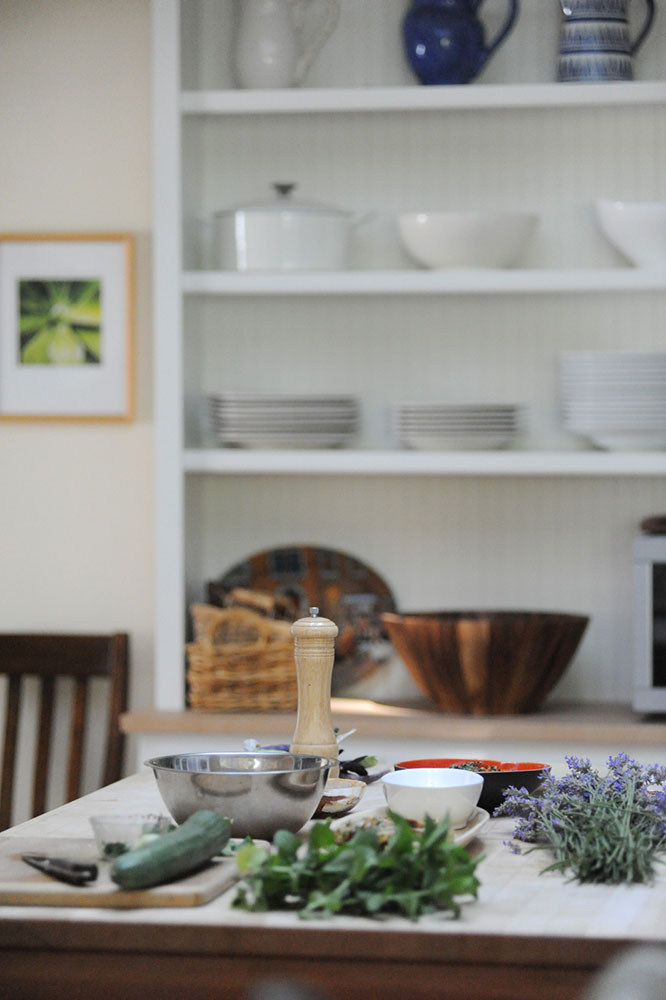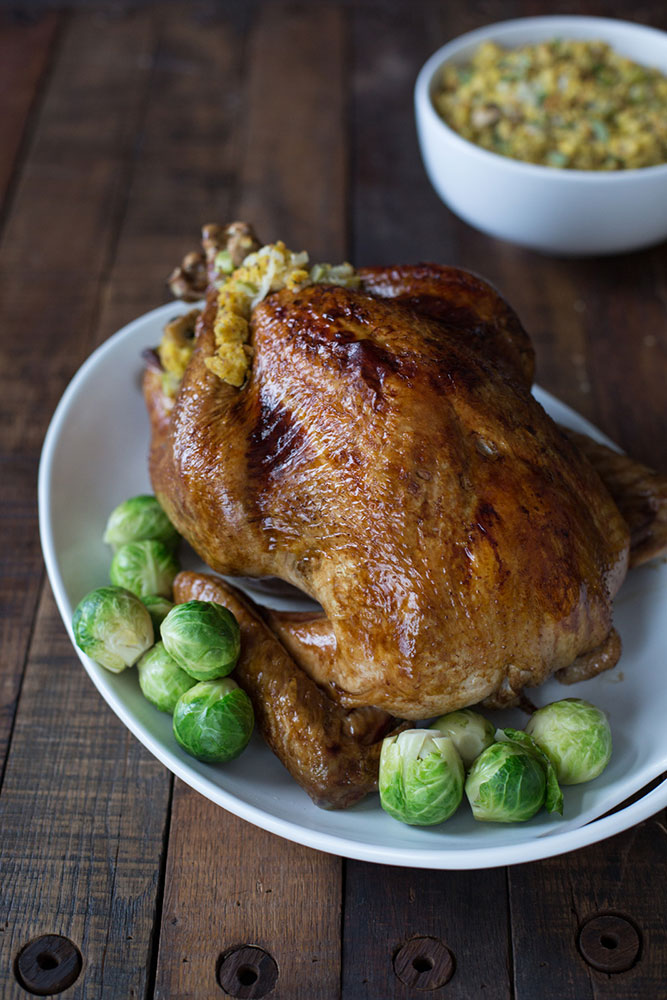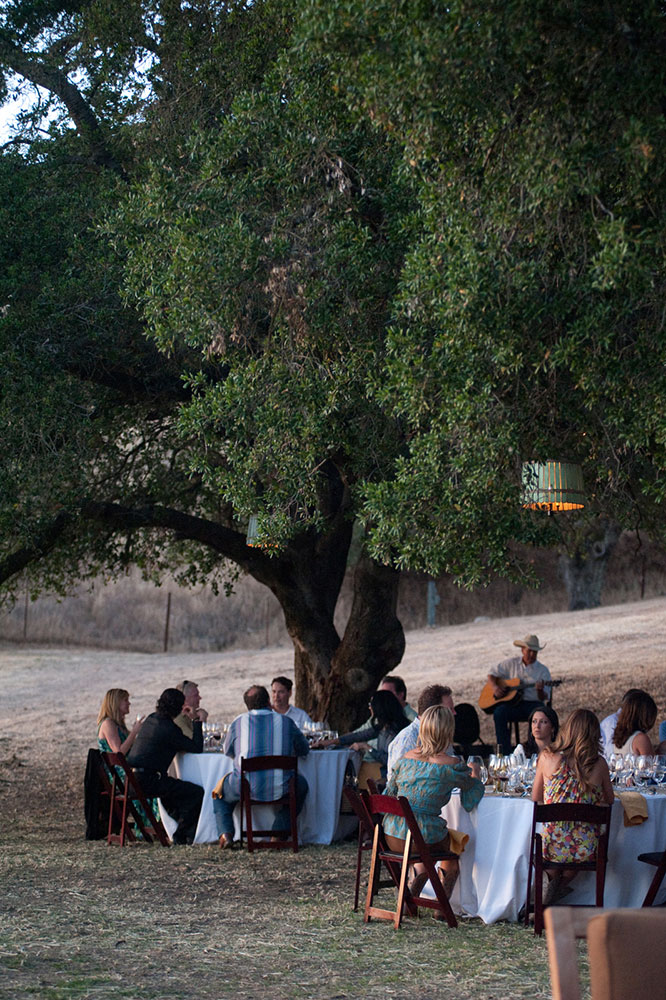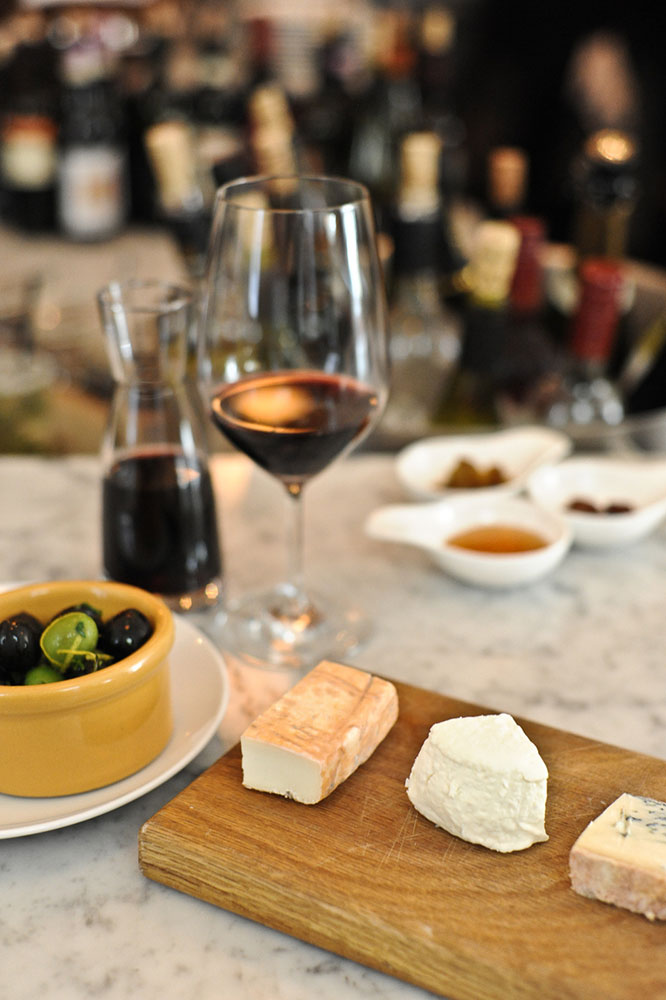
Food is one of the most popular things people take photos of.
Type in #food in Instagram and you’ll find millions of photos. According to a Canon survey, 55 percent of respondents say they use their cameras to take photos of food. There are now apps dedicated toward this genre, while cameras like the new Canon EOS Rebel T6 are building specific modes that help you take better food photos.
Like mathematics, food is a universal language (although far easier to comprehend). A photo of a steak is easy to recognize, whether you’re in North America or Asia. And thanks to visual-heavy social networks like Instagram, Facebook, and Flickr, we are posting more and more photos of food every day. And with that come not only a lot of noise, but also a lot of terrible photos.
To help you take food photos that stand out, we spoke with California-based food photographer Liza Gershman. We met up with Gershman, who grew up in wine-rich Sonoma County, during a food-related launch event for Canon’s T6 camera (which features a food mode on the top dial), and chatted about her career and mined her brain for tips and tricks that can help you increase those “likes” and become a culinary influencer in social media.
DT: How did you get into photographing food as a profession?
Liza Gershman: It was an overnight success after five years of really hard work (laughs).
I began as a portrait and wedding photographer. Many of my friends had wineries and a lot of them started to ask me to take pictures of their wineries. So I started a small portfolio of food-related imagery – grapes, wine bottle shots, dinner, and stuff like that.
With that portfolio a friend of a friend asked if I could photograph for Taste for Absinthe, which was a cocktail book in which I shot 27 of America’s best bartenders and their bars. I got to know all these high-end mixologists, and one by one they started opening their own bars and restaurants. Some of them reached out to me to see if I could photograph those restaurants. The first one was Jeff Hollinger when he opened Comstock Saloon in San Francisco. I did the photos for him and he liked them, and he connected me with a PR company who then connected me with more and more restaurants.
Growing up in Sonoma County, food has always been a passion of mine, but I had the opportunity to learn how to photograph it on the job. I already had the skills – I had gone to photography school, I was good at portraits and weddings, I had already worked for newspapers and magazines – so I just applied my previous experience.
You got into food photography in a happenstance sort of way. Can someone choose to become a food photographer?
There are a number of food photographers who started out explicitly (shooting food). Like any genre, there are people who only photograph portraits or only landscapes. But I find that every new genre of photography that I take on enhances other aspects of my photography.
Food is so central to the human experience. Everyone can relate to that.
I think that I photograph beautiful food and beautiful cocktails because I know how to photograph a face, I know how to photograph light because of weddings. And because of my time at newspapers, that’s really enhanced my skills as a photographer all around.
I always encourage my students to, if they say, “I’m a landscape photographer,” then I say to them, “Go and take a food class.” If they say, ” I’m a food photographer,” I say, “Go and learn how to photograph a wedding.” Because the more you learn about photography in general, the better it will be.
Food photography has become so popular, particularly in social media. Why’s that?
Food is so central to the human experience. We need it for survival, and it’s something every human can relate to. It’s something people have wars over, and something that unites families and cultures. Everyone can relate to that.
Also, the food movement, particularly in America, has really taken a turn for the better. We just have a changing food culture in general. Since the last decade we have a celebrity chef culture now, and we have Food Network and all these great food cooking shows on TV.
Culturally, there is a bit of a return to the idea that we are connected to food, that it’s important to know what’s in it and where it’s coming from. I’m really excited and inspired that there is a return to food culture because the more people take interest in food and photographing it, the better we are.
Growing up in Sonoma County, California, those are all questions that we were raised with. It’s so easy to live in a city and be very disconnected from your food. So this is a wonderful way that people are getting reconnected to something that is essential to human survival.
Smartphones are driving a lot of the food photography that’s online, but images can be one-note. Interchangeable lenses can add so much more. For beginners, how do you encourage them to move beyond the kit lens?
Kit lenses are a great starting point and they’re wonderful to use when you’re becoming familiar with a DSLR.
Then it’s time to build your lens collection. Start using lenses that really support your vision of your photography. If food photography is your primary vision, when you look into food photography trends, we often see a very shallow depth of field. And as a professional photographing in a lot of natural light, I also need a wide aperture so I can really capture interiors of restaurants and still have my images prefer to be bright. I suggest moving to a lens with a f/2.8 aperture or faster than that.
If you can only pick one lens for food photography…
I would have the 60mm macro f/2.8 (like the Canon EF-S 60mm f/2.8 USM). I think the 60mm macro with f/2.8 aperture is really wonderful, even for beginning users because it gives you so much light. It’s a short enough lens so that you can hold it and still have steadiness. You don’t necessarily need a tripod, but if you can use one, that’s always recommended. I would definitely suggest this lens for any level, from beginner to advance.
Photography is amazing for an intellectual learner because it’s just endless.
But I also love the 70-200mm f/2.8. I love the 50mm, and I love the 400mm. But for food photography I would want a macro lens, either the 60mm or 100mm.
Tell us about a recent challenging shoot, and you over came it.
The other day I was teaching a workshop and the budget changed, and (I had to cut) the food stylist. So a great way to improvise is to buy beautiful prepared food and modify that food. I’m not somebody who’s a regular cook in the kitchen but I can absolutely go to a nice grocery store and buy a pie and some berries. So I got a chocolate cake, a beautiful cake stand, and some fresh raspberries, and sprinkled some powdered sugar. Voila, it looked like a much more expensive, handcrafted cake than it was.
So that’s a great way to start out your food portfolio, if you’re just beginning. It’s not always in the budget to have a food stylist on hand.
Every shoot has a challenge or another, and every time I photograph I learn something new. Something I love about photography is that there’s always new information to learn. Technology is always changing. There are five ways to do every one thing. Photography is amazing for an intellectual learner because it’s just endless.
What are the most difficult and easiest things to shoot?
Dark meat is very challenging to shoot, like pot roast. It soaks up the light. I love photographing pies, stone fruits, vegetables, ice creams, pastries, pastas, salads, and lobsters. I love photographing seafood, even thought I’m not a seafood eater.
It seems some people don’t have an issue crossing any lines to get the perfect food shot. What are your thoughts on etiquette?
The reason why etiquette exists is not to make us comfortable, but to make others comfortable. It’s really important to adhere to proper etiquette when you are in a restaurant or photographing food.
Golden rule: Do what you want someone else to do. If it bothers you when you’re sitting at your $70-a-plate dinner to have someone standing on his or her chair photographing, then don’t do that.
Be respectful of the other diners, be respectful of the chef. I absolutely understand chefs not wanting to have disruption in the dining room, so be mindful of that
It is okay to ask if there’s a time you can come back that’s less crowded to take photos. They might be open to that. You can always take food to go and plate it at home to photograph it.
There are so many ways to get the shot, but it’s important to remember that dining is a pleasure, and being respectful of the people around you comes first.
Other tips from Gershman

Liza Gershman is an award-winning photographer, based in Napa, California, who has contributed to Williams-Sonoma and Restoration Hardware; photographed for nine books on food and drink; served as California Governor Jerry Brown’s campaign photographer; worked with celebrity chefs, restaurants, and wineries; and writes photography-related articles for Canon.
- Add garnish or enhance with fresh fruit, and use pretty plates.
- Don’t use the in-camera flash. Use natural window light instead
- If you are using manufactured light, move it far away from the food so you get some softness
- Simplify: Keep things clean and simple, and don’t have too many patterns
- Use a tripod when possible or appropriate. Don’t bring cumbersome equipment into a fancy restaurant
- I use a lot of action in food photography. I love to get sauces being poured over something; dripping melted cheese; an ice cream that\’s melting; or a hand that\’s stirring a wooden spoon in a bowl. I love adding a hand or a person [in the photo]
- Instead of using the food mode, like the one in the Canon T6, you can switch to shutter priority mode for more action. Slower shutter speeds (like 1/30 of a second to one second) allows more light in, which is great for dimly lit restaurants, but you’ll need a tripod or something to stabilize the camera and it’s harder for action. If you want to capture action, consider 1/60 of a second to 1/8,000; the latter is good for freezing motion. A good lens can help you achieve better results
- Play with bokeh. Set your camera to aperture priority mode and shoot a plate of food with more focus (f/16) or add some background defocusing (f/2.8 or lower). Aperture setting is dependent on your lens
- Try different angles in addition to the typical bird’s eye view. Try a 45-degree angle or from the side
- Get close and focus on an interesting part of the food
